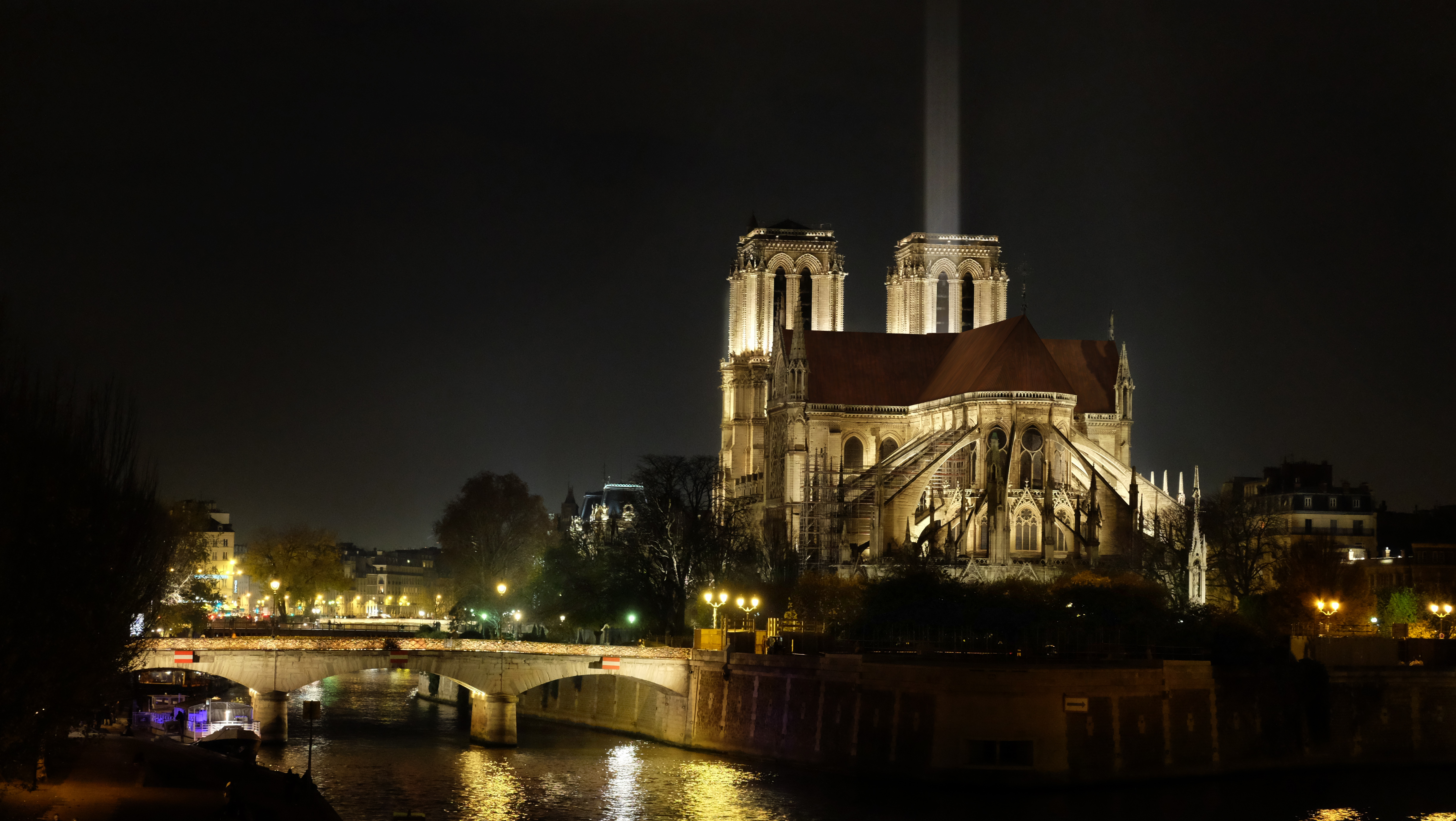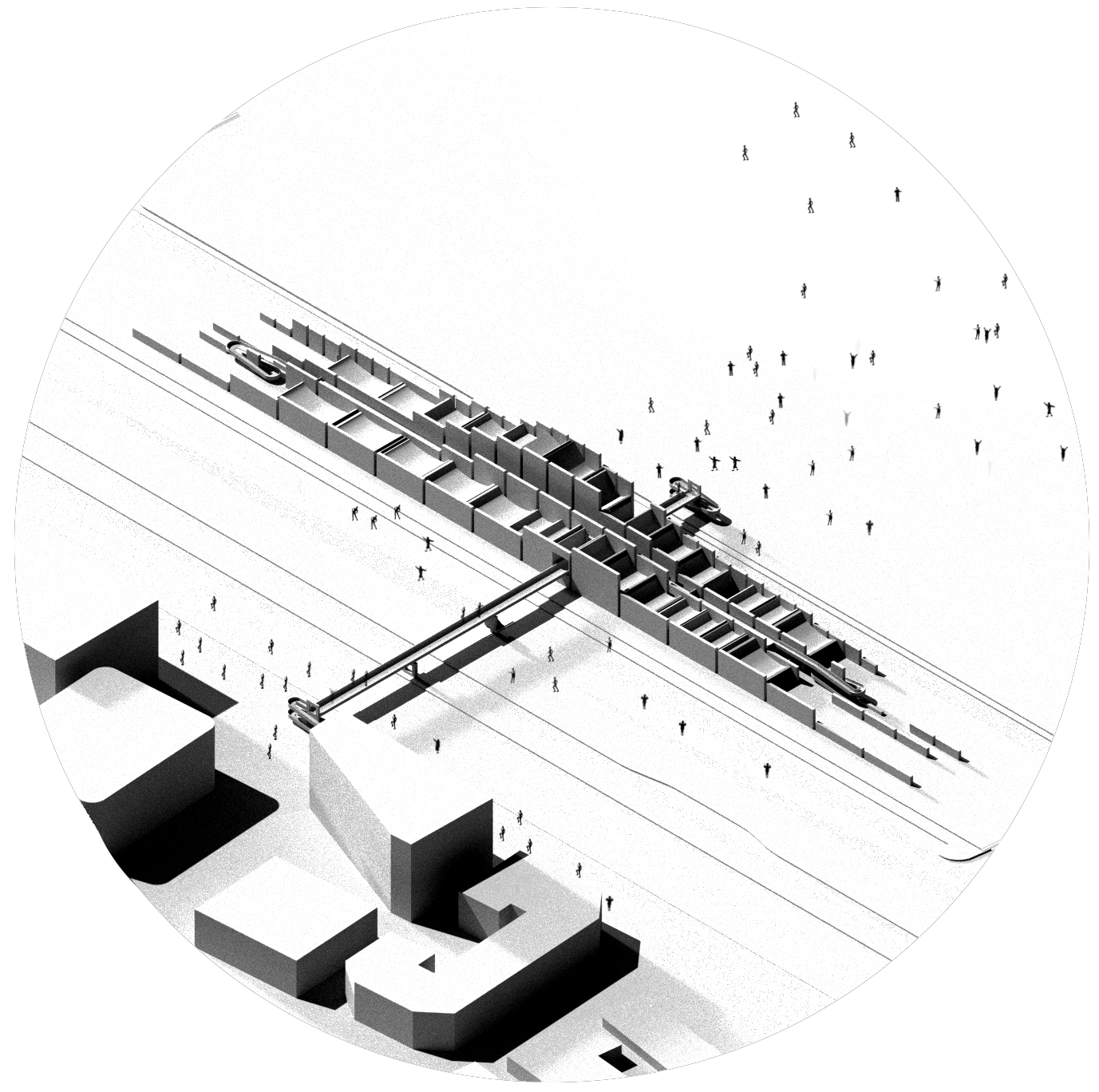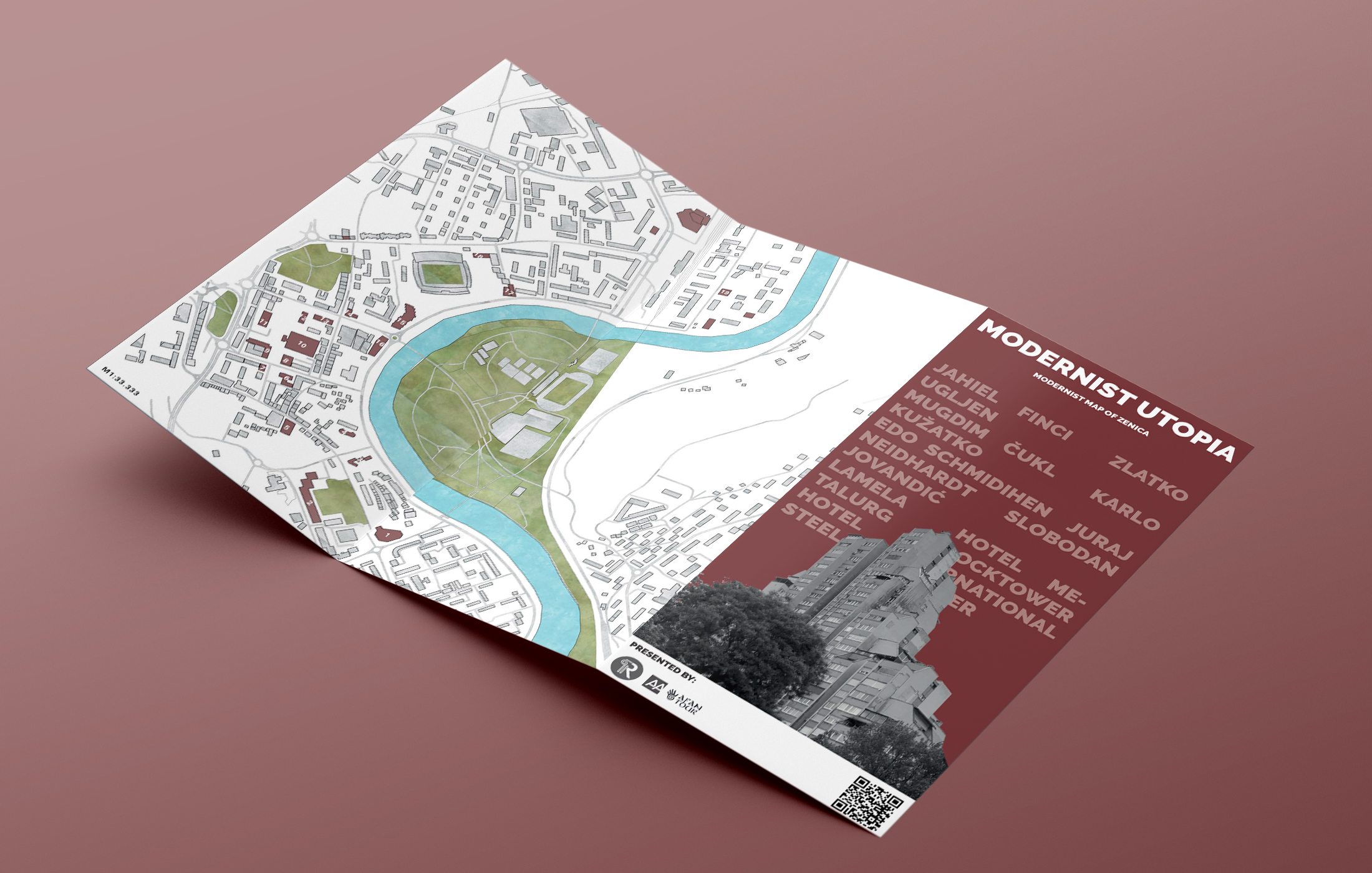Author : Sanja Cvetković, Niš, Serbia
The people stood in awe as the devastating fire blazed through the roof and the spire of the Notre-Dame. The cathedral was still burning when the donations for its salvation came pouring in. In less than a week, an insane amount of over a billion dollars was pledged for the restoration of this symbol of Paris. International competition for the restoration of the Notre-Dame was announced and French president Emmanuel Macron, promised that cathedral would be rebuilt – and be “more beautiful than before” And than came to the question – how should the cathedral be restored? Should it be restored to the previous state or should the new roof and spire be a reflection of our times, technological advancement and current state of architecture? Surprisingly, the debate wasn’t reserved just for architectural portals and Twitter, and artists and architects took to Instagram to share their ideas. Ideas went from proposing glass and metal reconstruction to installing a commercial for McDonalds or CocaCola instead of the spire. The heated debates were stopped when it was announced that the Senate of France has decided that Notre-Dame has to be restored as it was before the fire. Nevertheless, one competition continued – The people’s Notre-Dame design competition, which gave anyone interested a possibility to showcase their vision for the restoration of Notre-Dame.
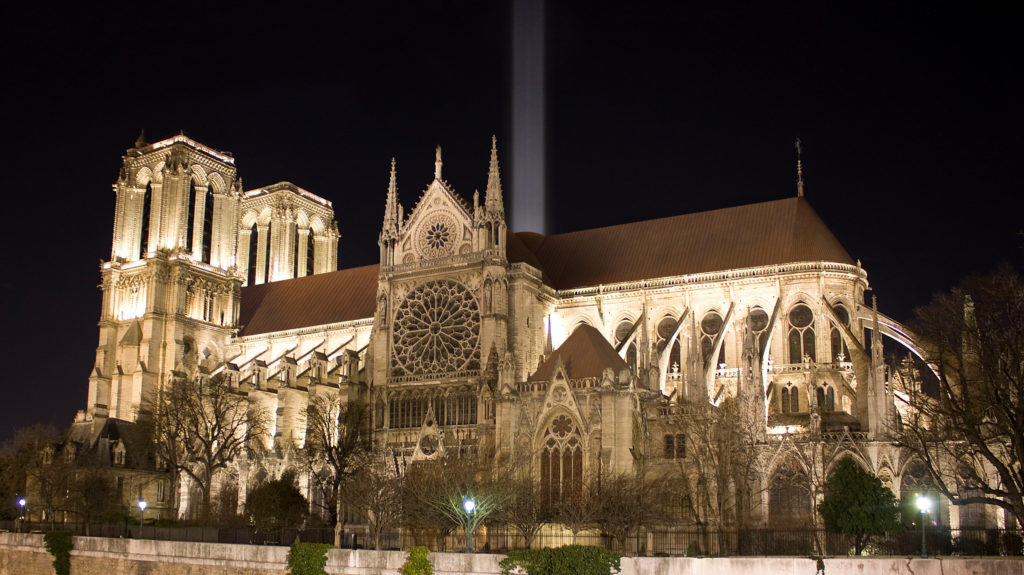
I was very interested in how the story was developing and tried to perceive it from an architectural point of view and from a non-professional point of view. In April, on the protests of “yellow vests,” the protesters slammed the hypocrisy of those donating millions for the cathedral but ignoring the needs of fellow human beings. Quick Google search can reveal two important things: it is estimated that France has over 140 000 homeless people. Million seconds would last twelve days, and a billion seconds 31 years, in case you can’t get a grasp on how much a billion (of pledged donations, in this case) is actually worth.
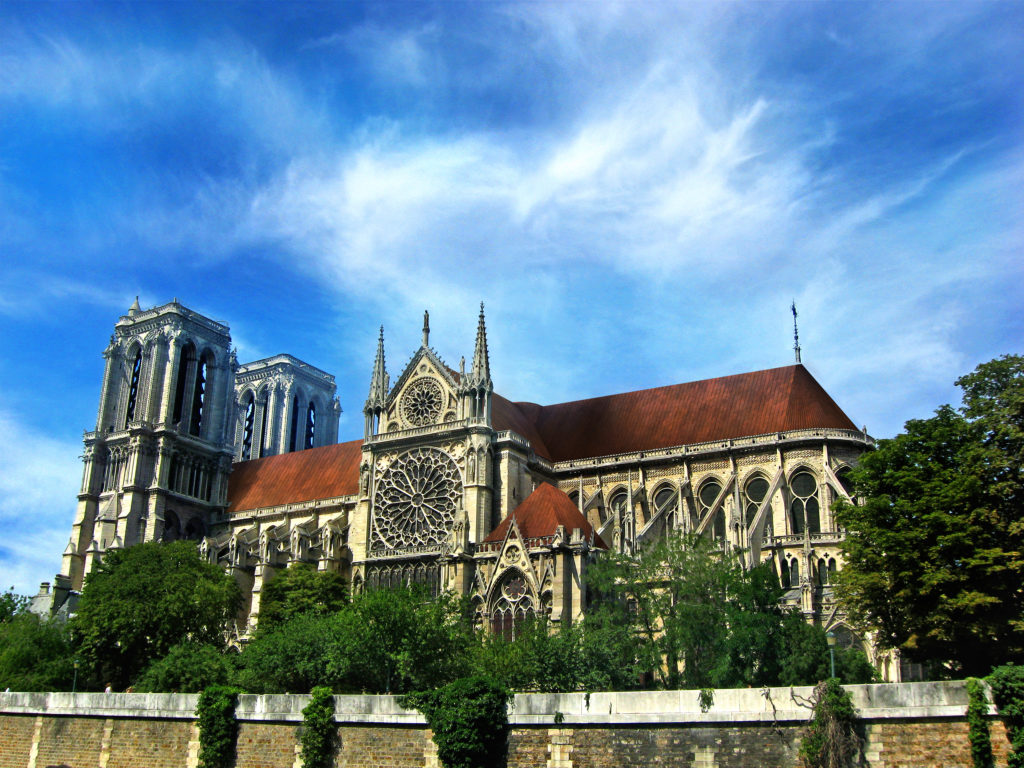
Knowing the cultural and architectural value of Notre-Dame, I couldn’t help but wonder, can we preserve this architectural monument in a way that would put people first? That is the question my proposition tried to answer: the roof made from corten steel which would look like the roof has aged for centuries with the curch; a set of lights placed were once the spire was, as a constant reminder of what was lost and a symbol of new hope because the rest of the pledged money should be used to help out the homeless people of France. No flashy imagery, no Biblical passages in the description of the project, just a realistic representation of how the cathedral would actually look and a simple description of the idea.
The beauty of The people’s Notre-Dame design competition lies in the fact that it was open to anyone! And the people did not disappoint. With over 200 ideas, I found this competition a spectacular representation of the architectural profession and architects disengagement from the real world. When you first scroll through many entries, you notice the frequent use of glass, metals, and lights but also roofs and spires similar to the original ones.
It is worth noting that some proposals had the ongoing reconstruction in mind – one proposed to cover up the cathedral, and one offered a place for prayer nearby.
Quite a few propositions offered contemporary interpretations of the roof that once was with a redesigned spire. These interpretations were expected and a similar solution would be expected from any starchitect commissioned for the job. Ideas include keeping the hole made by the spire so the sunlight can pierce through it into the church, and often repurposing the roof and making it accessible to the visitors.
But you can’t help but notice some of out of the box propositions. I was shocked to see repeating proposals of fountains, pools, and installations on top of the cathedral.
Striking images display fountains illuminated by the lights in the colors of the French flag, placed around a roof terrace open for visitors; the pool which looks like “steel Noahs Ark” “with a walk on water. It’s accessible from bell towers and ending with a raising-round-marble-altar”; and a different kind of pool which has water slides on which pirate ships flow.
In the last example, these images are used just a representation of the idea and designers description doesn’t include pools, pirate ships or water slide. The idea is to use the roof as an open space for a variety of activities, and the whole idea is inspired by the symbol of “Jesus fish”.
And all these proposals lead us to ask: why? Why did the designer decide to submit an idea which in no way could be implemented in situ? They certainly weren’t designed for the sake of Notre-Dame, the people walking by the cathedral on a daily basis, nor millions of people visiting Paris. And why do people choose to vote for this kind of projects? Is it because of stunning collages and out of the world ideas? How many of the people who voted for these projects would actually want to see them developed? If it was for the general public to decide, would the construction of the pool on top of the Notre Dame ever begin? Did this competition show that the general public shouldn’t be given the opportunity to decide on the projects of similar significance? And most importantly, if we, the people, were given the chance to help out other people, would we fail them?
Thanks to the French senate, we don’t have to answer these questions. Yet.
Author’s bio: Sanja Cvetkovic is an architect and a 3d artist based in Nis, Serbia. She studied Masters in Architecture on Faculty of Civil Engineering and Architecture. She co-founded non profit organization biro4321 and Architecture Film Festival Novi Fokus Nis. You can find Sanja on Instagram @_sanja_cvetkovic_.

